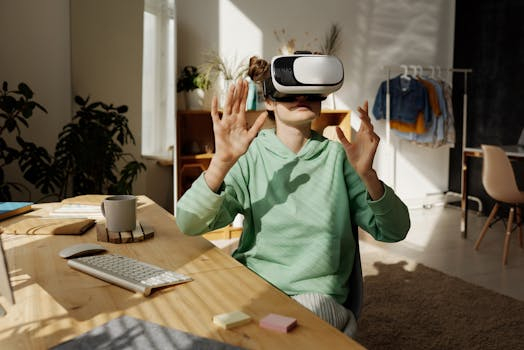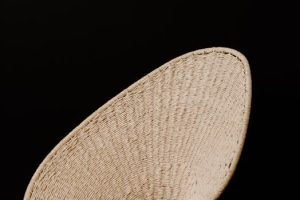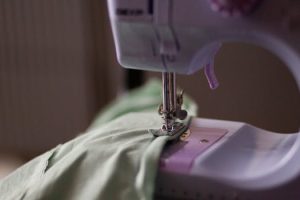Virtual Reality Enables Immersive Fashion Experiences
In today’s tech-savvy world, virtual reality (VR) has gained immense popularity, not only in the gaming and entertainment industries but also in various other segments. One such segment that has been significantly revolutionized by VR technology is fashion. VR has enabled immersive fashion experiences, where consumers can interact with and experience products in a virtual environment. This groundbreaking technology has opened up new possibilities for the fashion industry, bringing benefits to both businesses and consumers.
The Rise of Virtual Reality in Fashion
Virtual reality has been steadily gaining momentum in the fashion industry in recent years. It has enabled retailers and brands to offer a unique and innovative shopping experience to their customers. With the help of VR headsets, shoppers can now virtually browse through clothing and accessories in a 3D environment, creating a realistic shopping experience. Moreover, fashion shows and events are also incorporating virtual reality, allowing consumers to view collections and experience fashion in a whole new way.
Virtual Fitting Rooms
One of the most significant ways VR has transformed the fashion industry is through virtual fitting rooms. These virtual spaces allow customers to try on clothes and accessories virtually, without having to physically try them on. With the help of body scans and 3D avatars, customers can see how a garment looks on their body, giving them an accurate idea of the fit and style. This not only saves time but also provides a more realistic experience, reducing the chances of returns and exchanges. Additionally, virtual fitting rooms also allow customers to mix and match outfits, giving them a better idea of their final look before making a purchase.
Immersive Fashion Shows
Fashion shows are known to be extravagant and lavish, but with the incorporation of VR, they have become even more spectacular. Virtual reality allows designers to create a virtual environment where viewers can experience the show as if they were physically present. From a front-row seat to backstage access, VR technology provides a 360-degree view, giving viewers a more immersive experience. Moreover, this also opens up the opportunity for brands to reach a wider audience as virtual fashion shows can be broadcasted globally.
The Benefits of Virtual Reality for the Fashion Industry
Aside from providing a new and exciting shopping experience, virtual reality offers several benefits to the fashion industry.
Enhanced Customer Engagement
With traditional shopping, customers often have to use their imagination to envision how an outfit would look on them. However, with VR technology, they can virtually try on clothes and accessories, seeing exactly how they would look on their body. This level of interaction and engagement leads to increased customer satisfaction and loyalty towards the brand.
Cost and Time Efficiency
Virtual reality has significantly reduced the need for physical samples, photoshoots, and travel, which are often costly and time-consuming for fashion brands. With the use of VR, designers can create virtual prototypes and collections, saving both time and money. This also reduces the carbon footprint of the fashion industry, making it more environmentally friendly.
Creative Possibilities
Virtual reality technology allows fashion designers to push the boundaries of creativity, offering endless possibilities for product design and showcasing. It has enabled designers to create unique and unconventional collections and visual experiences that were not possible before. This allows brands to stand out in a highly competitive market and attract a wider audience.
The Future of Immersive Fashion Experiences
As technology continues to advance, so do the possibilities for immersive fashion experiences. Virtual reality is just the beginning; other technologies such as augmented reality (AR) and mixed reality (MR) are also being experimented with in the fashion industry. These technologies could lead to even more personalized and interactive shopping experiences for customers, making the future of fashion truly exciting.
In Conclusion
Virtual reality has revolutionized the fashion industry, bringing new and innovative ways for consumers to interact with fashion. From virtual fitting rooms to immersive fashion shows, VR technology has enhanced customer engagement, cost efficiency, and creative possibilities for fashion retailers and brands. As this technology continues to evolve, we can only imagine what the future holds for immersive fashion experiences.











